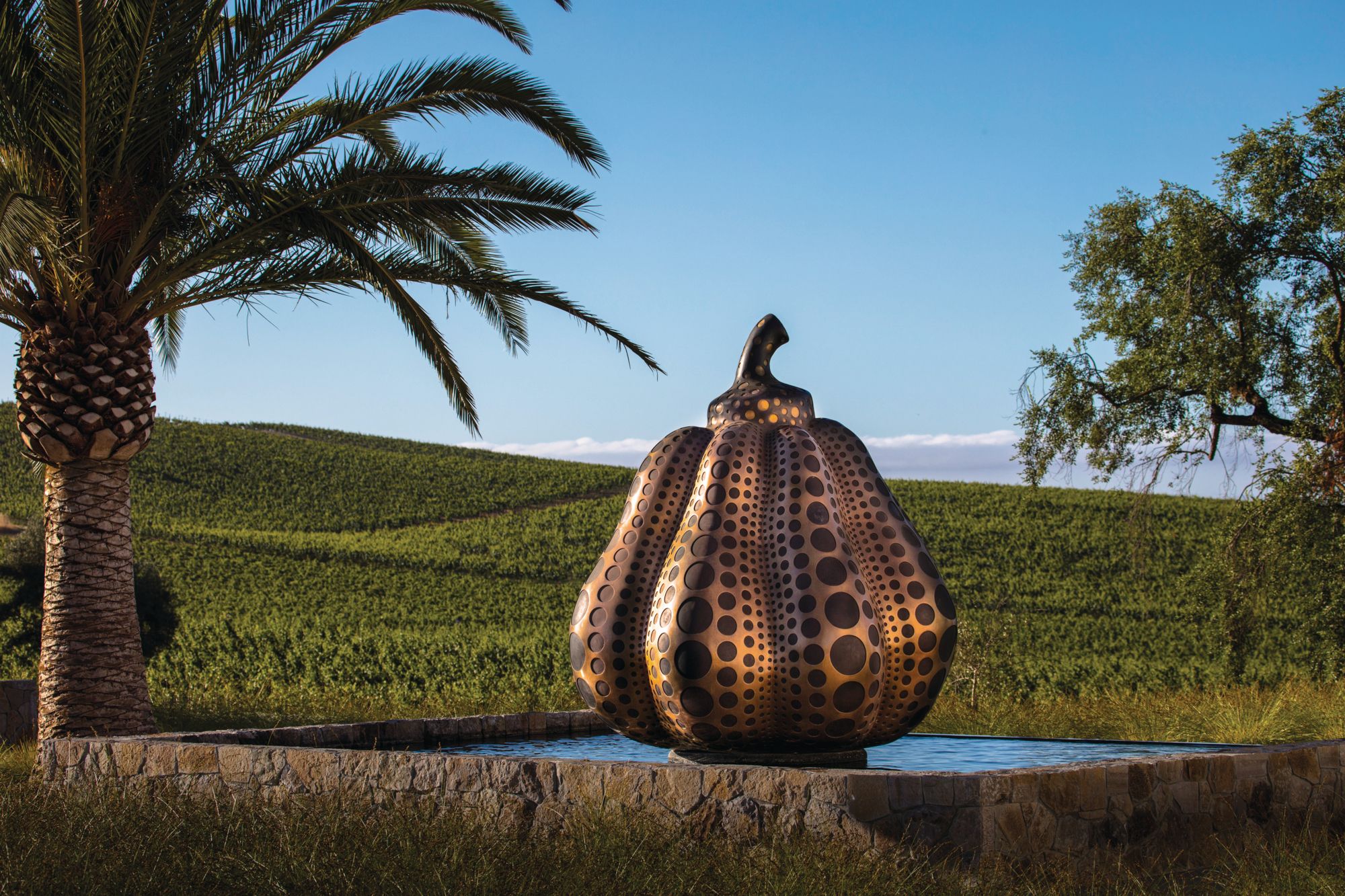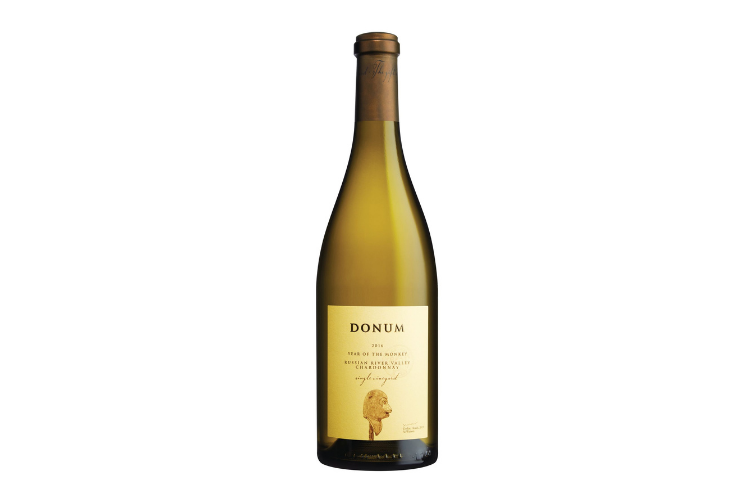Wine, art, nature merge at Hong Kong art collectors Allan and Mei Warburg's Donum estate
Wine and art make for natural bedfellows. Think of the art labels pioneered by Château Mouton Rothschild at the end of the Second World War, when Baron Philippe began a tradition that has seen artists from Miró to Picasso to Jeff Koons paste images of their si1gnature pieces to its bottles. Today there are countless vineyard sculpture parks and wineries that double as galleries around the world, while the top champagne houses have practically become curators in their lavish support of ostentatious exhibitions.
Perhaps it’s idealistic to say that art and wine are both examples of human striving to connect on a deeper level with the world around us. But as someone who has devoted much time and love to both subjects (before becoming a master of wine, I was a paint-splattered art major at Yale), I believe the bond is genuine. However, the sheer proliferation of projects in this space—too many of them superficial and mercenary—makes me wary whenever I hear about another “art-wine” concept.
One that was recently brought to my attention is Donum, the Sonoma, California estate of Danish fashion entrepreneur Allan Warburg and his Beijing-born wife, Mei. The globetrotting pair are well known in Hong Kong, where they now reside, as prominent collectors of Chinese and international contemporary art, which they’ve been accumulating since their days foraging the fertile studio scene of early 2000s Beijing. Their foray into winery ownership is more recent, officially starting in 2011 when they purchased the decade-old pinot noir estate Donum.
A few years in, they began to transform the property with a proliferation of important site-specific sculptures, now about 40 in number, including a Yayoi Kusama pumpkin and a sculpture by Anselm Kiefer, Mohn und Gedächtnis (Poppy and Memory), in the shape of an abandoned aircraft.
See also: K11 Musea Unveils New Art & Cultural Centre And Sculpture Park

The idea that opening a vineyard-and-art destination was a savvy business decision draws a wry chuckle from Warburg, who says, “It makes no commercial sense to invest in all this art; then you add the wine...”
To be fair, the Warburgs’ initial decision to purchase Donum was rational enough. Warburg’s brother Carsten had been Donum’s Danish importer, so Allan liked and knew the wine very well. When they learnt it was for sale at a very reasonable price, the couple bought the estate out of German receivership with some minority partners sight unseen. It seemed like a promising investment, expected to rise appreciably in value by the time they sold it in five to ten years’ time. The moment they visited the roughly 80 windswept, sun-burnished hectares of California dreaminess about a year later, Warburg notes, “It was not for sale any more.
Site Specificity
One of the pros of sculptures is that they can’t help but interact with their environment. Paintings hang inertly on walls. But sculptures lustily take possession of the space around and within, letting themselves in turn be coloured, shadowed and resurfaced by the ambience. Reminiscing about his visit to the estate a few years ago, Hong Kong-based art advisor William Zhao—who collects both art and wine—says wistfully, “All of the sculptures, you need to walk around them. It’s not enough to look.”
Warburg himself chooses where each artwork fits into the vineyard. Occasionally, he notes, the artist has ideas about where the piece should sit, but generally this is his demesne. And some of the purchases have been site-specific commissions, affording the Warburgs the opportunity to collaborate with artists more closely.
“I try to just pick what I like and not be guided by what is the ‘right’ thing to do,” he says. “A curator has a responsibility to a lot of other people; in building a private collection we only have a responsibility to ourselves.”
Many of the sculptures feature a similar silvery, reflective surface that makes them virtually vanish into the environment, for instance Love Me, a metal heart by Richard Hudson or Zhan Wang’s Artificial Rock. To draw a parallel to wine, the pinot noir vine has a propensity to lap up and reflect back the particularities of its surroundings in the finished bottle.
Donum’s winemaker, Dan Fishman, speaks of wine as capturing the land’s “energy”, something he sees in top-level art too. He remarks how the Zhan Wang piece—an imprint in stainless steel of a traditional Chinese scholar’s rock—makes him think of the stoniness that characterises the taste of the chardonnay they grow in Russian River.
See also: An Expert’s Guide To Setting Up A Winery



